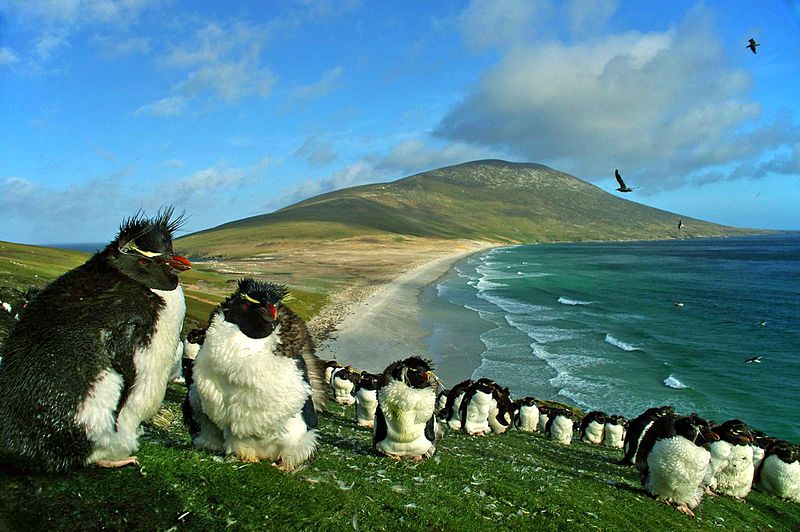
Figure 1 – Southern Rockhopper Penguins on Saunders Island in the Falklands. Image from the Wikimedia Commons and by Ben Tubby under creative commons attribution license.
It is Saturday morning, and I am eating steel-cut oatmeal and trying for a few moments to ignore the constant news bombardment of this week’s toll of human misery. You could really spend all of your time crying. But I have to mention it because it truly cannot be ignored and treated as if it is not there.
So I am looking for some balance – something of quiet beauty. And in my weekly sojourn through “This Week in Photos,” I came across, on the BBC, a wonderful collection of images now on display in London at the Mall Galleries. It is an exhibition of photographs by residents of the Falkland Islands from a competition run by the Falkland Islands Government to find the “best photographs” by island photographers. Judging from this there is a high proportion of the 3000 some inhabitants of the island with great photographic talent. The two that are giving me the greatest peace this troubling Saturday morning are Aniket Sardana’s dynamic photograph of a smiling (if I am allowed to anthropomorphize) seal swimming upside down underwater. This is really a beautiful and exciting image. And then there is a spectacular, I assume HDR, image, also by Aniket Sardana of the Cape Meredith Coast. I have truly found inner peace. And just as a bonus, I include, not from the exhibition but from the Wikimedia Commons a gorgeous photograph of windblown Sothern Rockhopper penguins on Saunders Island in the Falklands. I think that I am loading up my camera gear and taking the next boat!
